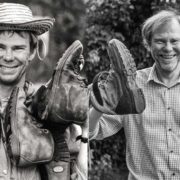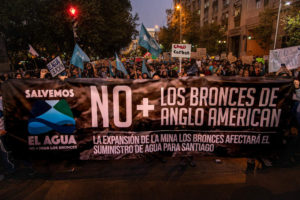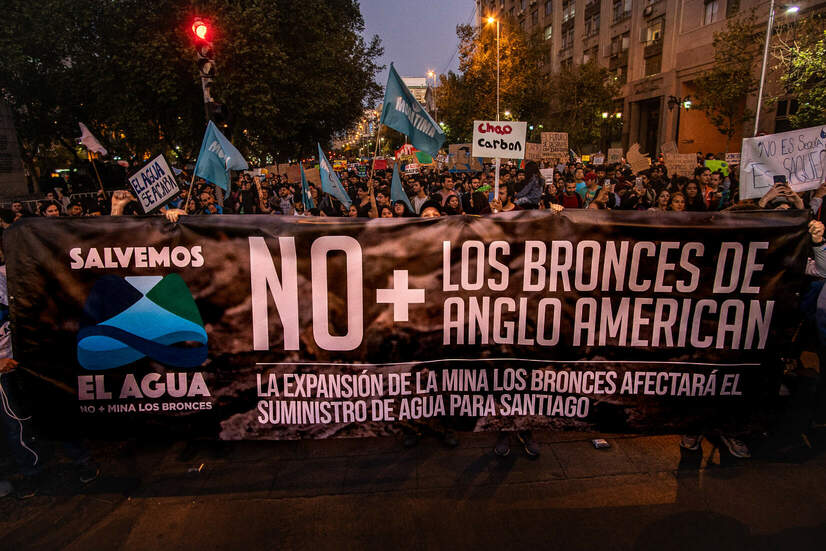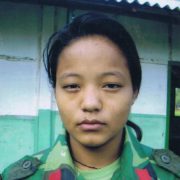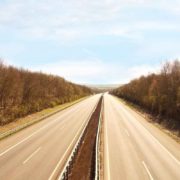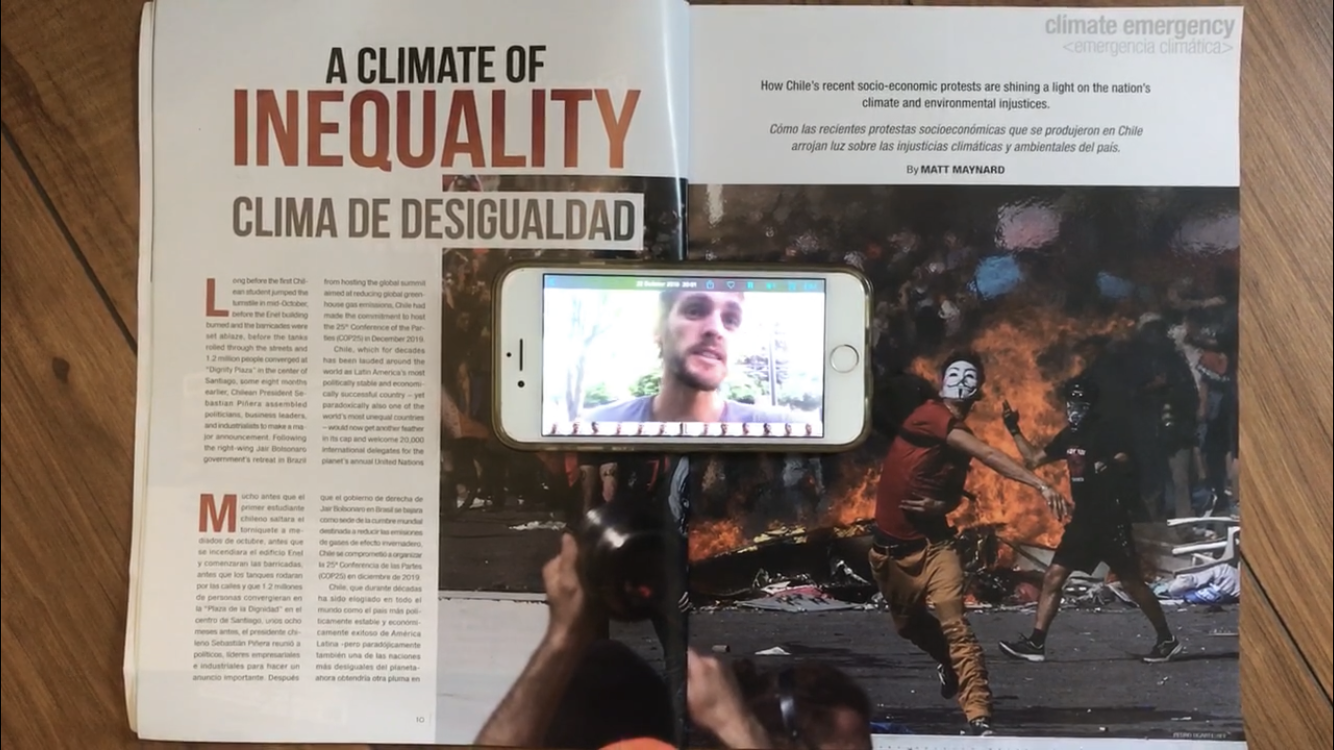A Park for the People / Geographical
The feature story above is from the October 2020 clandestine expedition I organised into the Río Colorado Estate and was published by Geographical magazine in their January 2021 edition. For this expedition I put together a team of mountain guides, conservationists, activists and hired a mule herder to take us for five days into a 350,000 acre wilderness area on the outskirts of Santiago. Our aim was to explore the citizen led Queremos Parque (We Want a A Park) campaign that has gained majority support in the parliament and senate to declare an accessible national park for the capital’s 7million that would potentially be the biggest conservation story in Chilean history. Along the way our team made the first ever recorded ascent of Cerro El Barco and the highest known descent of the Rio Colorado by packraft.
Many thanks to supporting comment from Senator Alfonso de Urresti, Kristine Tompkins, James Hardcastle from the IUCN, Viviana Callahan, Tomás Gonzales and Felipe Cancino; as well as expedition logistical support from Alpacka rafts, Patagonia Chile and Fundación Plantae.


